How should ski pants fit? Size your trousers for performance
How should ski pants fit? We explain how to size your ski and snowboarding bottoms so you can rip your turns and not your trousers
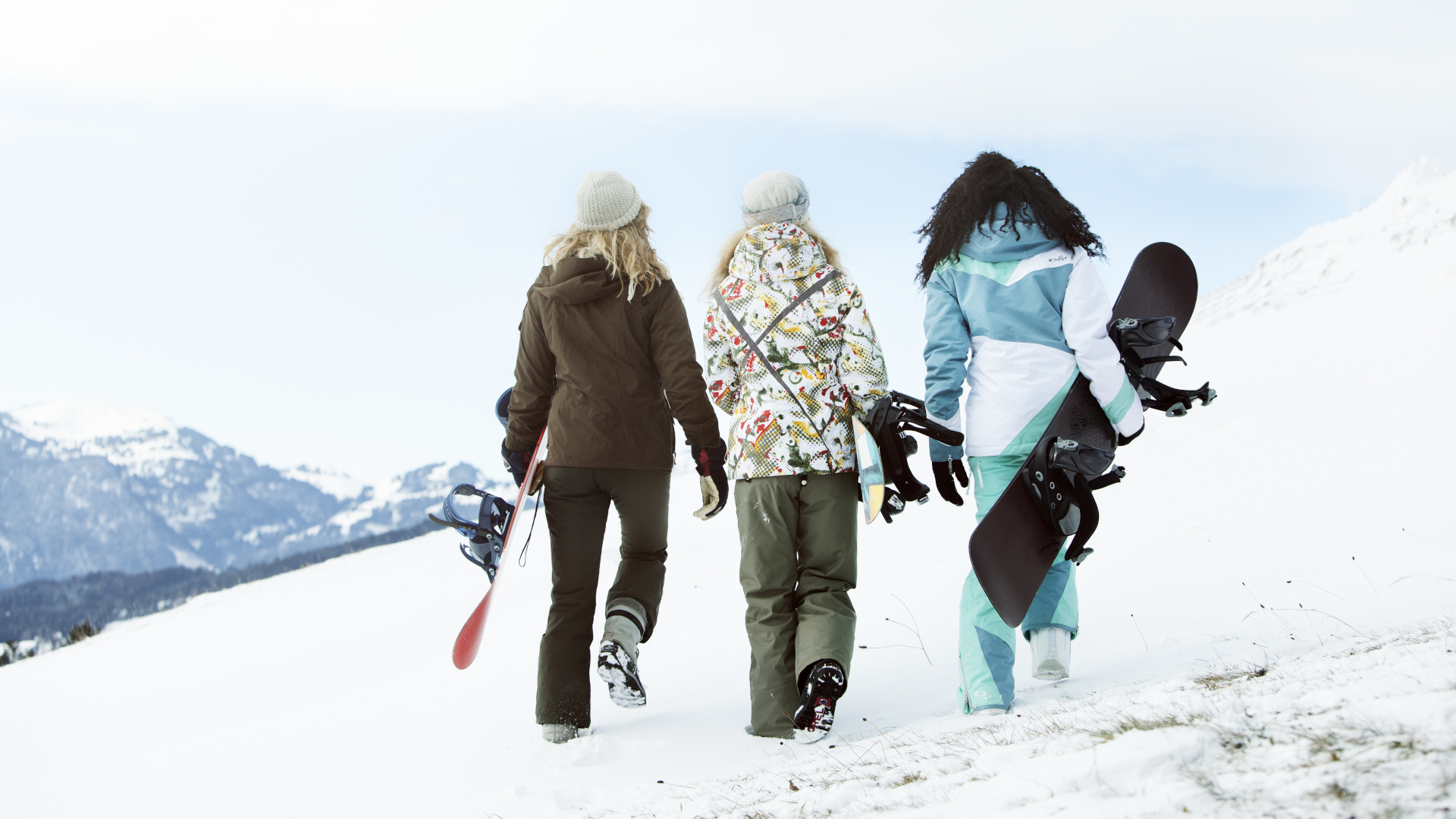
These days, the world of skiing and snowboarding is a virtual fashion parade. Ski pants come in an almost dizzying array of styles and fits, from low slung and urban baggy to slim fitting and clean cut. But setting fashion aside, much like your best ski jacket, you need your ski pants to provide warmth and weather protection without restricting your movements on the slopes. So how should ski pants fit?
In this article, we explain how to get the most out of your ski and snowboard trousers this season, regardless of which type of skiing you do. You may also be interested in our article on fitting your ski jacket properly. If yours needs replacing, our guides to the best ski jackets for men and ski jackets for women are full of great options.
How should ski pants fit?
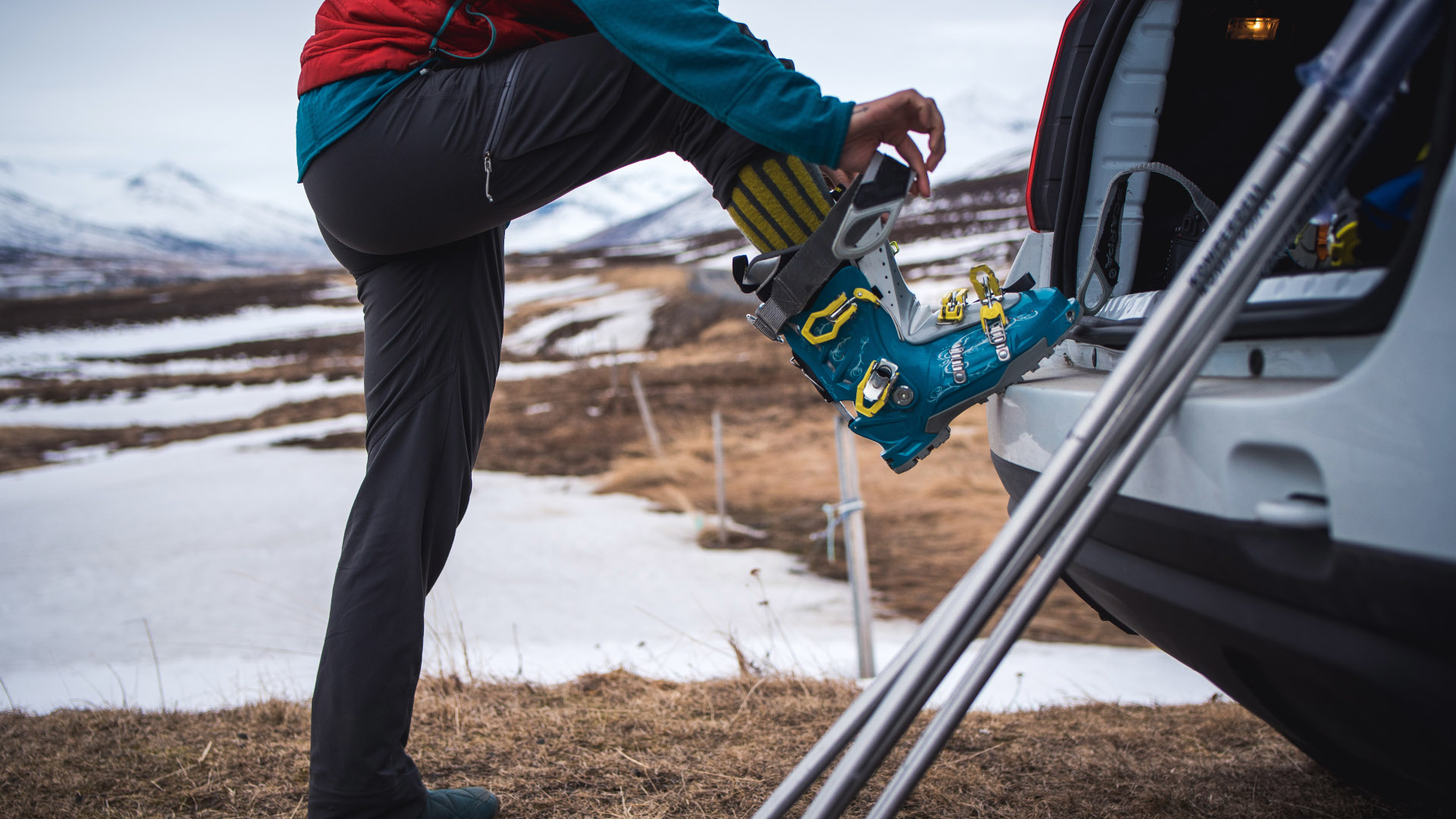
Overall, your ski pants are not going to fit like your favorite pair of jeans. Regardless of how you like them to look, they need to be roomy enough to actually ski in. Think about all the movements you make in them, from bending over to buckle up your boots to loading the chairlift, never mind hiking through the snow to find untouched powder. If you’re a snowboarder, you’ll need even more room due to the more dynamic movements your sport requires.
If your ski pants are too tight, they might look great but you’ll find them uncomfortable at best, and they might inhibit your turns on the downhill at worst. They also need to have enough room to wear thermal layers underneath on cold days.
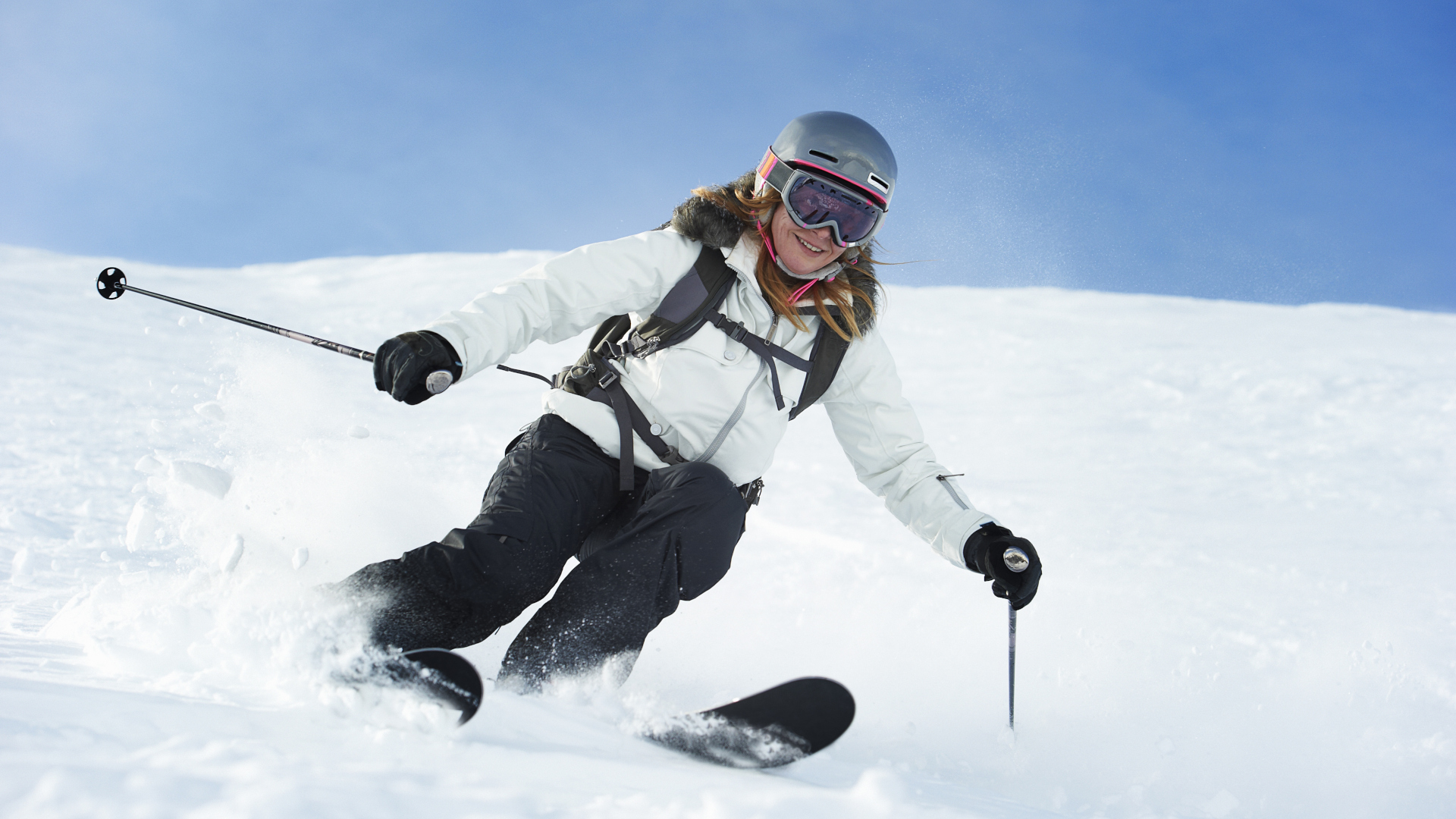
All of that said, if you embrace the urban look too much and your ski pants are too big, the extra fabric can also get in the way and catch on things, so the middle path is really the best path for skiers and snowboarders.
Furthermore, it’s helpful to know that ski pants come in men’s and women’s specific fit to accommodate different body proportions. Women’s ski pants will generally feature a smaller waist and wider hips while men’s fit will be straighter from top to bottom. You may also want to read our article on choosing plus size gear.
Size up in the waist
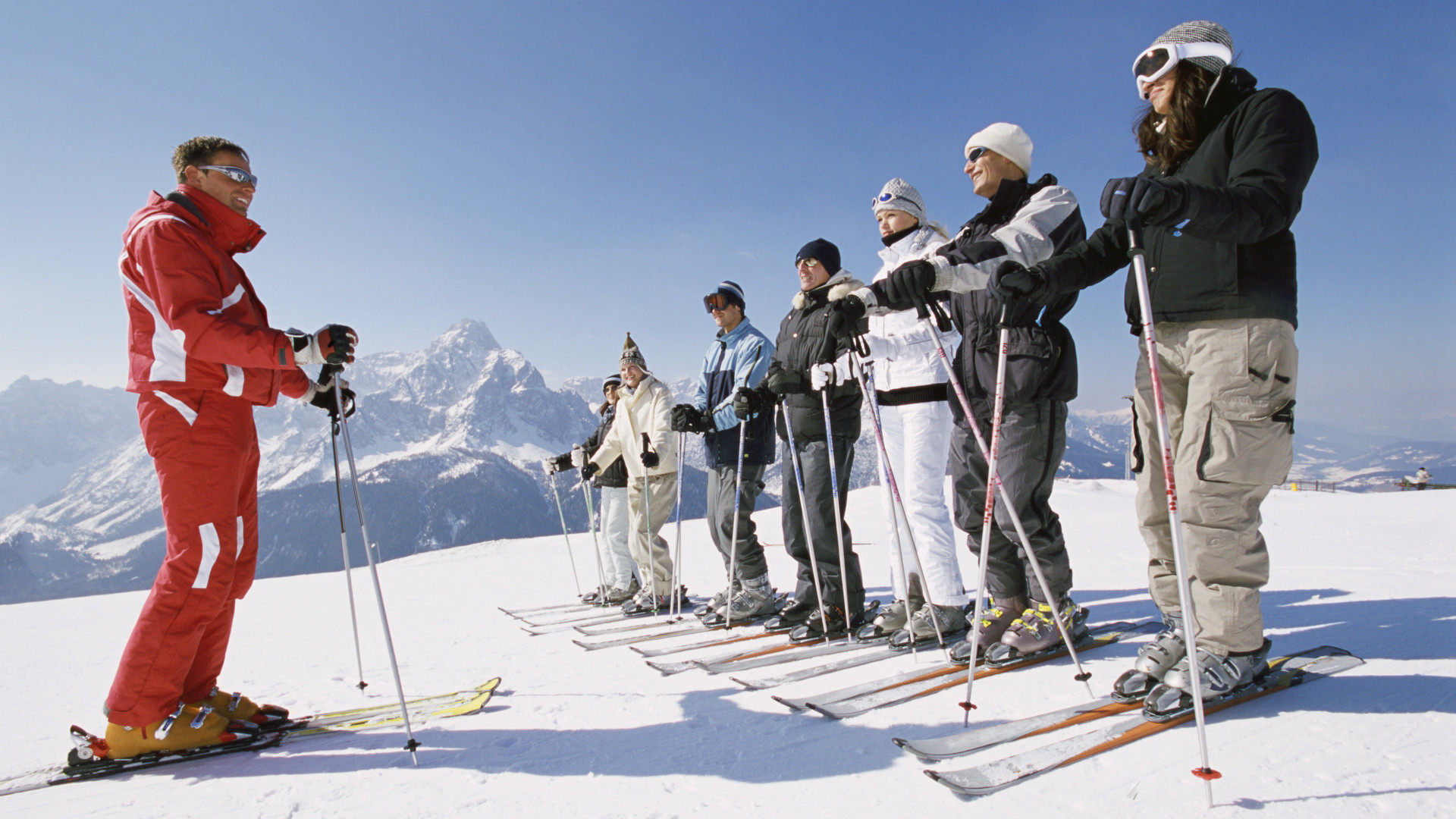
Starting with the waist, you’ll probably want to size up one size from your usual waist size in trousers. Your best approach is to try a pair of ski pants on while wearing your thermal long johns underneath and make sure you can both sit comfortably and move dynamically without them catching around your waist or hips.
Advnture Newsletter
All the latest inspiration, tips and guides to help you plan your next Advnture!
If they’re too loose around your waist, they can slide down while you’re skiing and you’ll end up with snow down your pants if you fall.
Of course, most ski pants come with belt loops or adjustable waists so there is some margin for error here, but again, you’ll want to go slightly up rather than down if there isn’t a pair that fits you perfectly.
Whether you go with a low or high rise waist is a bit more subjective, but high rise will generally offer more protection from the elements, while low rise gives you a bit more freedom to move.
Go for long legs
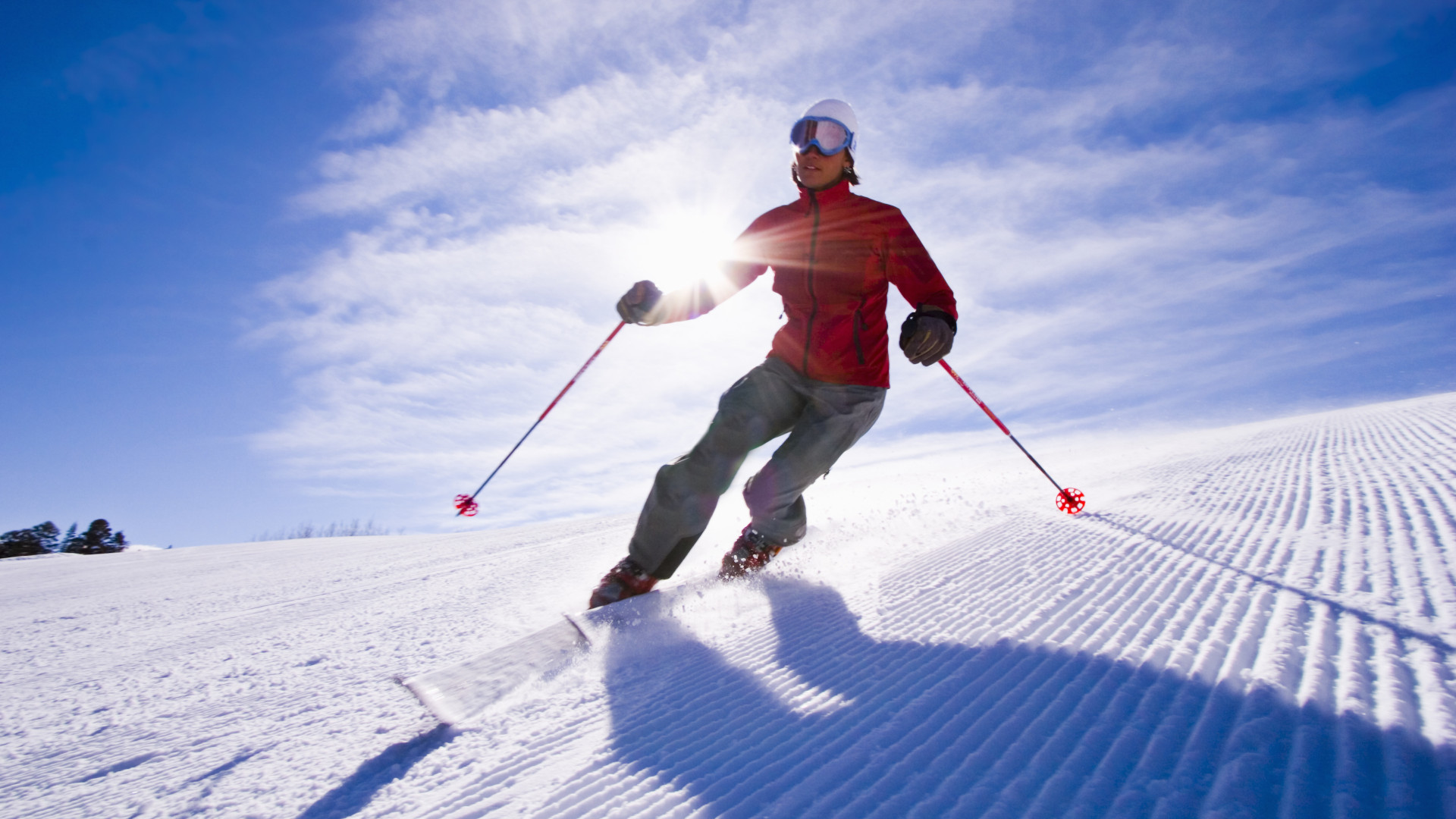
Next, your ski pants need to be significantly longer in the leg than your average pair of jeans – meaning about 4-5 inches longer on average. This allows extra fabric to cover your ski boots. The bottom of the pant legs often come with zips or poppers to help them fit over your boots, but again the best approach is to try them on while wearing your ski boots.
If you choose pants that are too long, the bottoms may catch on your skis, bindings and boots and be subject to more wear and tear, so not only do you want to try them on while wearing your boots, but you’ll want to walk around in them and make sure they don’t catch on anything.
Slim, regular or baggy style?
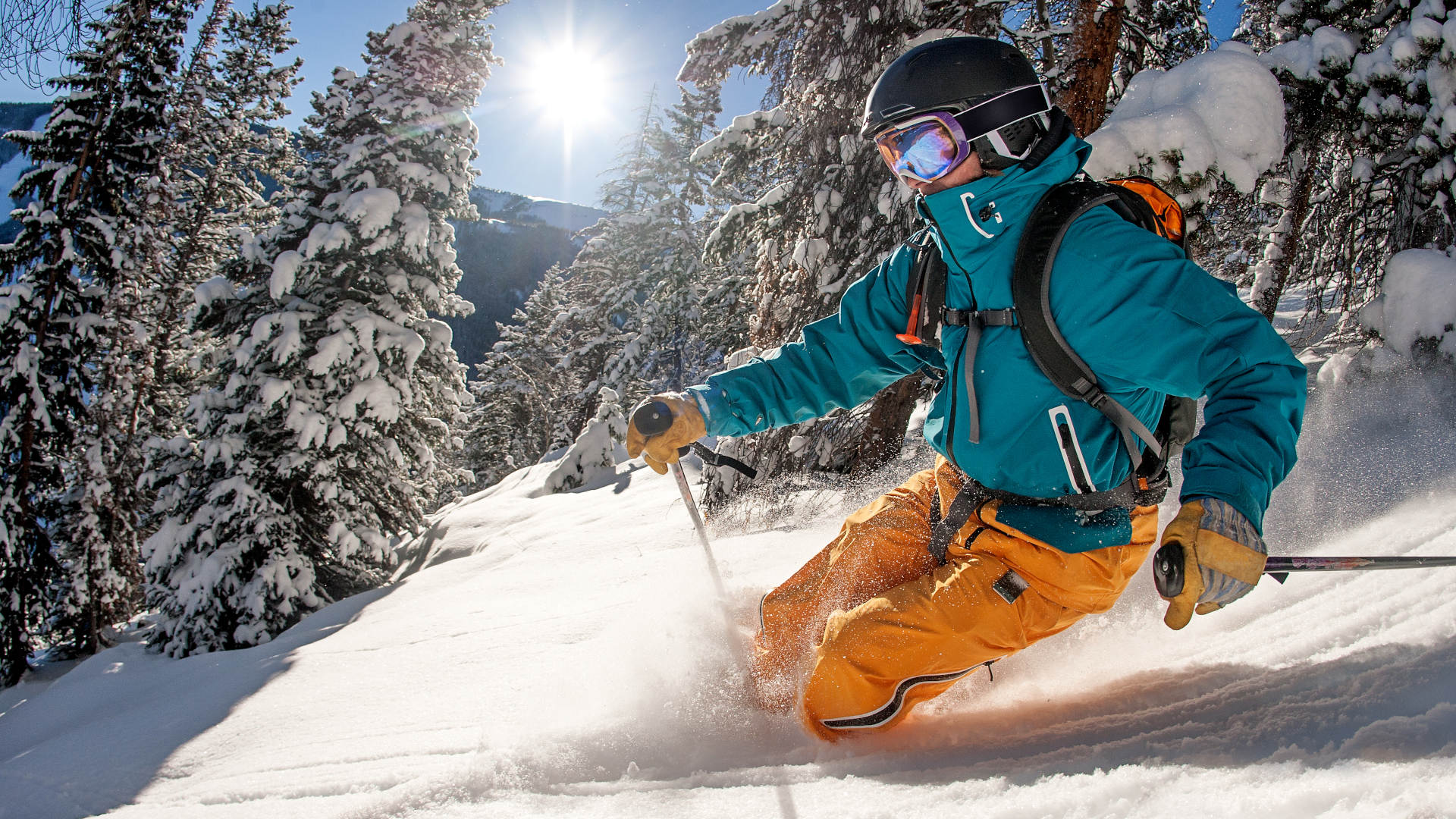
Now, what about everything in between the waist and the hem? Ski pants come in slim, regular and baggy fit these days, and which you choose comes down to more than just personal fashion preference.
Slim fit ski pants offer better heat retention and are more aerodynamic for zooming down groomers if that’s your thing. They won’t offer as much in the way of range of motion and will probably need to come with zippers or poppers on the ankles to fit over your ski boots.
On the other end of the spectrum, baggy ski pants offer much more free range of motion, which you’ll probably want if you’re going snowboarding. These will be more comfortable, but won’t provide as much warmth. If they’re too loose, they might annoy you by flapping in the breeze when you’re going fast or catching on your skis.
Right in the middle, regular fit ski pants combine the best of both worlds, with enough room to move and fit clothing underneath and not so baggy they’re annoying. These are great for alpine skiing and snowboarding as well as uphill skiing and snowshoeing.
Julia Clarke is a staff writer for Advnture.com and the author of the book Restorative Yoga for Beginners. She loves to explore mountains on foot, bike, skis and belay and then recover on the the yoga mat. Julia graduated with a degree in journalism in 2004 and spent eight years working as a radio presenter in Kansas City, Vermont, Boston and New York City before discovering the joys of the Rocky Mountains. She then detoured west to Colorado and enjoyed 11 years teaching yoga in Vail before returning to her hometown of Glasgow, Scotland in 2020 to focus on family and writing.

